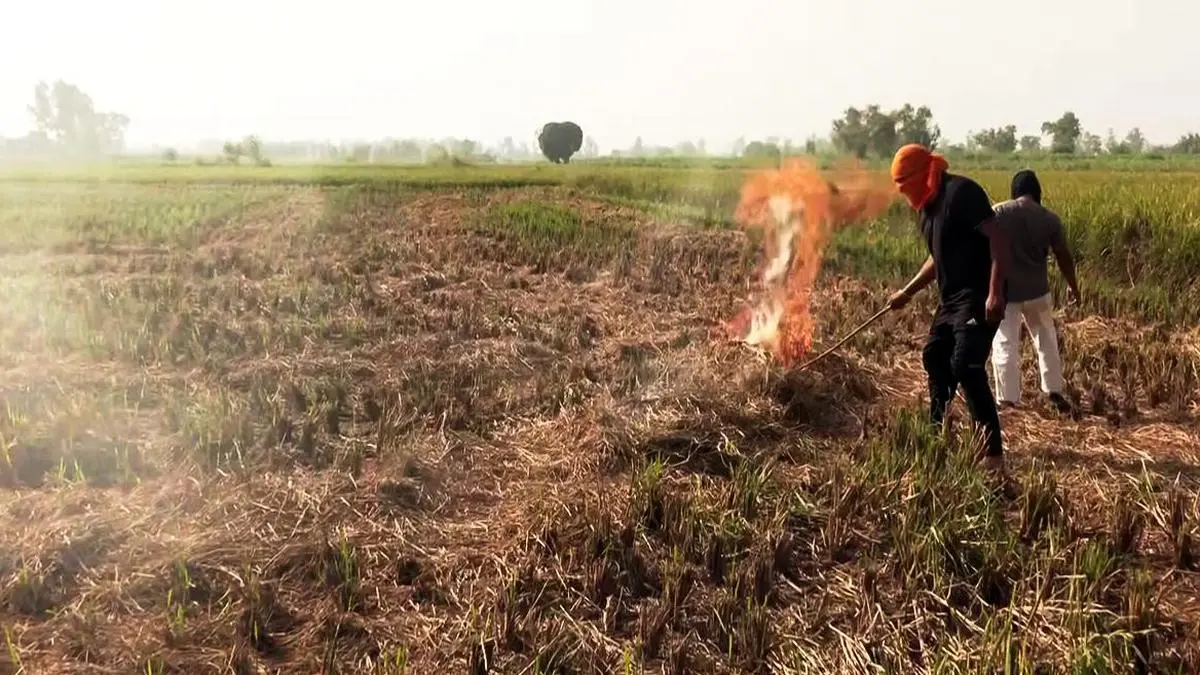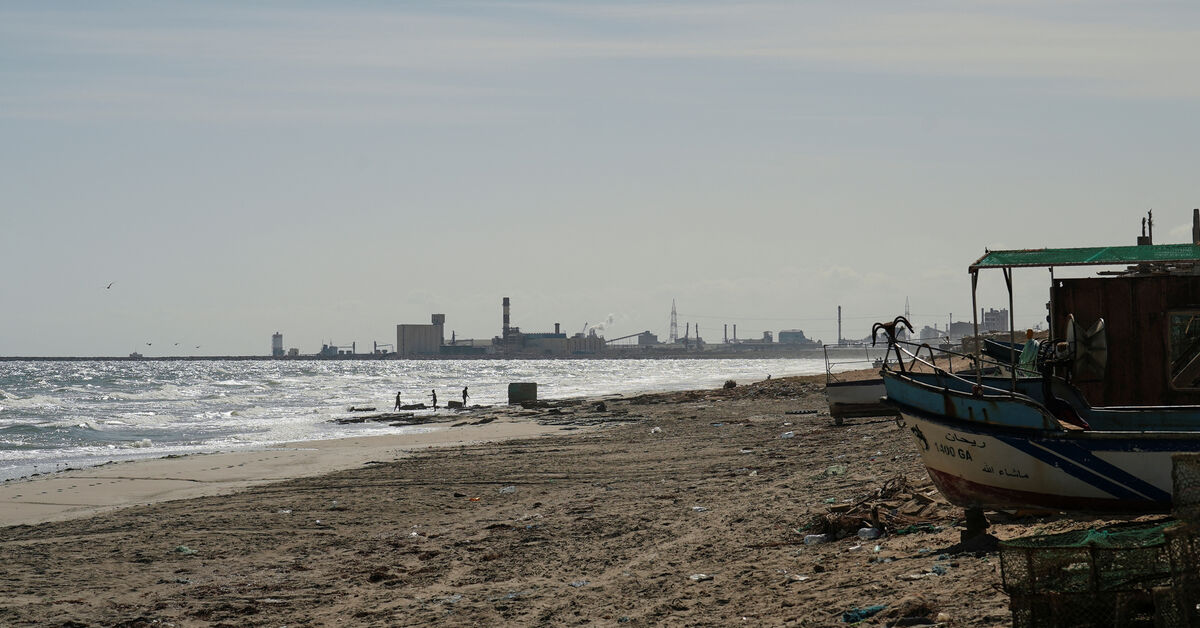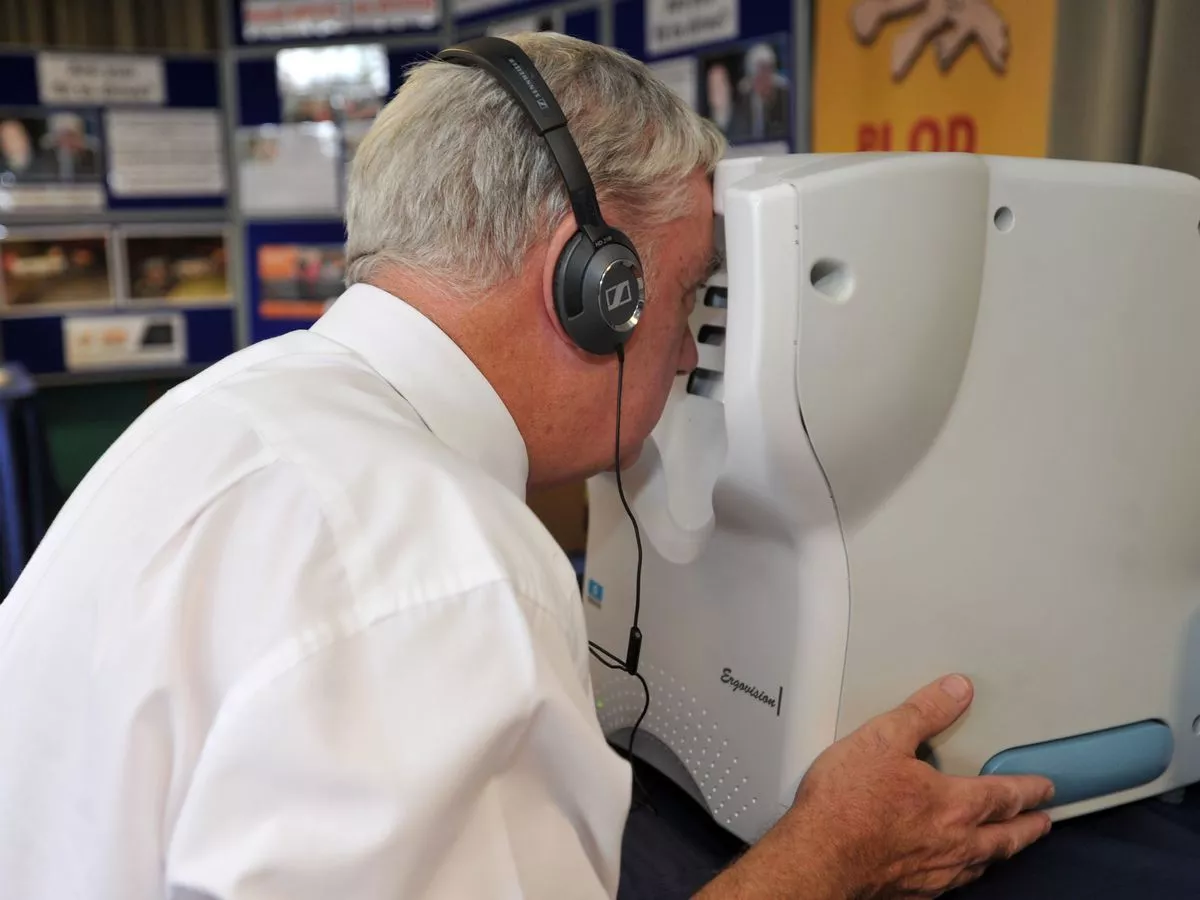Copyright thehindubusinessline

Stubble burning remains a potential source of air pollution. More than 20 million tonnes of paddy straw as stubbles are burnt every year in north-western India that accounts for about 40 per cent of air pollution. It intensifies climate change, and causes human health, and wildlife hazards by emitting delicate particulate matters (PM2.5 and PM10) and greenhouse gases (GHG). For example, stubble burning emitted 171.37 million tonnes (mt) of carbon dioxide, 0.706 mt of methane, and 0.073 mt of nitrous oxide have been emitted. Stubble burning is a violation of citizens’ fundamental right to live in a pollution-free environment as echoed by the Supreme Court. A key issue, thus, needs to be addressed: how has the stubble burning problem been tackled? Funding and impact In 2017, NITI Aayog constituted a task force to address this issue and projected an ambitious package of ₹11,477 crore to mitigate this problem. To this end, the Central Government extended financial support, such as grants and subsidies, to purchase crop residue management (CRM) machinery and establish custom hiring centres (CHCs) for ‘in-situ’ CRM. In-situ CRM includes availability and allocation of CRM machinery to farmers and their collectives, high-yielding and shorter-duration paddy varieties, staggered harvesting schedules to optimise machine utilisation, super-straw management systems, and extensive use of bio-decomposers. Further, the government revised the scheme-related guidelines to promote the crop residue supply chain through financial assistance on the capital cost of machinery and equipment. In November 2024, Press Information Bureau disclosed that between 2018 and 2024-25 (until November 15, 2024), the Central Government released ₹3,623.45 crore to a few States and the Indian Council of Agricultural Research. Punjab received 46 per cent of funds, followed by Haryana (30 per cent) and Uttar Pradesh (21 per cent), and there is no mention of such financial support to Rajasthan and Madhya Pradesh. The financially supported States procured and distributed machines to farmers and set up CHCs, including balers and rakes, to collect and aggregate straw as bales for ex-situ utilisation. The impact of this financial support on the stubble burning problem is captured through month-wise fire count and fire radiative power (FRP) data, indicating heat emission rate and intensity, from 2019 to 2025 extracted from the Consortium for Research on Agroecosystem Monitoring and Modelling from Space (CREAMS) dashboard. Punjab and Madhya Pradesh have reported maximum fire events, followed by Uttar Pradesh, Haryana, Rajasthan, and Delhi (see Table). A year-on-year comparison, from September 15, 2024, to October 15, 2025, shows that though stubble burning events have significantly dropped in Haryana (- 95.5 per cent), Punjab (- 84.2 per cent), Delhi (- 57.1 per cent), Uttar Pradesh (- 48.7 per cent), and Rajasthan (- 19.4 per cent), Madhya Pradesh is showing an upward move with a 39.4 per cent change. The analysis suggests an immediate policy support for Madhya Pradesh. Policy suggestions First, the plausible cause for stubble burning is attributed to a dip in soybean acreage attributed to erratic monsoon, high seed prices, and post-harvest losses which pushed many farmers to grow paddy. The burning of paddy straw has been a usual practice since 2021-22. Second, a state action plan similar to Graded Response Action Plan is needed, aligning the directives of Commission for Air Quality Management, and the state action plan on climate change. Third, the state agricultural universities and research institutions can customise in-situ CRM practices for farmers by analysing time series data of stubble burning fire counts and FRP reported by CREAMS dashboard. To sum up, there is a need to develop circular supply chain that can promote paddy straw use as feedstock for livestock and raw material for power generation, ethanol, or biochar production. Dey is an Associate Professor of the Agribusiness Management area at IIM Lucknow. Views are personal Published on October 21, 2025



